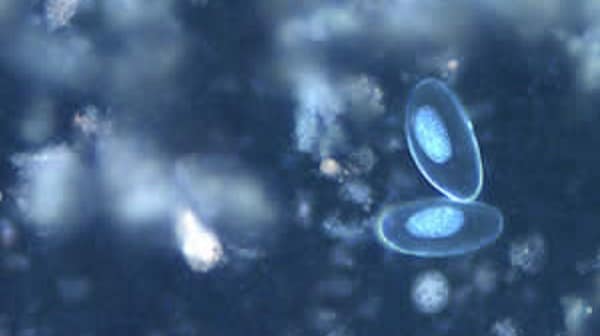Key points
- Speak with your healthcare provider to learn about testing and diagnosis of pinworm infection.
- Your provider can walk you through the steps of conducting a "tape test".
- Wash your hands thoroughly after conducting a “tape test” or handling any clothing or bedding of someone who may have pinworms.

Overview
A person with pinworms often has no symptoms. However, stubborn itch near the anus at night is a sign someone may have pinworm infection. A healthcare provider should diagnose pinworm, but they may ask you to help them by doing one of these things:
- Look for the worms to appear on the skin near the anus 2 – 3 hours after the person suspected of pinworm infection is asleep. The worms may also appear on clothes or bedding around this time.
- Conduct a "tape test". Press the sticky side of clear tape against the skin near the anus to collect pinworm eggs.
- First thing in the morning is the best time, before the person washes, goes to the bathroom, or gets dressed.
- Do this three mornings in a row.
- Put the tape in a sealed container, a zipping bag, or provided specimen container for transport. If a glass slide is provided, apply the tape to the clear part of the slide and place in the container.
- If the person has pinworm infection, eggs may appear on the tape under a microscope.
- Your healthcare provider may recommend a commercial "paddle" style kit to collect pinworm eggs. If so, follow the manufacturer instructions carefully.
If a healthcare provider asks you to take these actions, don't touch your face while doing them, and wash your hands thoroughly when you're done.
A healthcare provider may also check for pinworm eggs under the affected person's fingernails, since people with pinworms usually scratch the itchy area containing the eggs.
